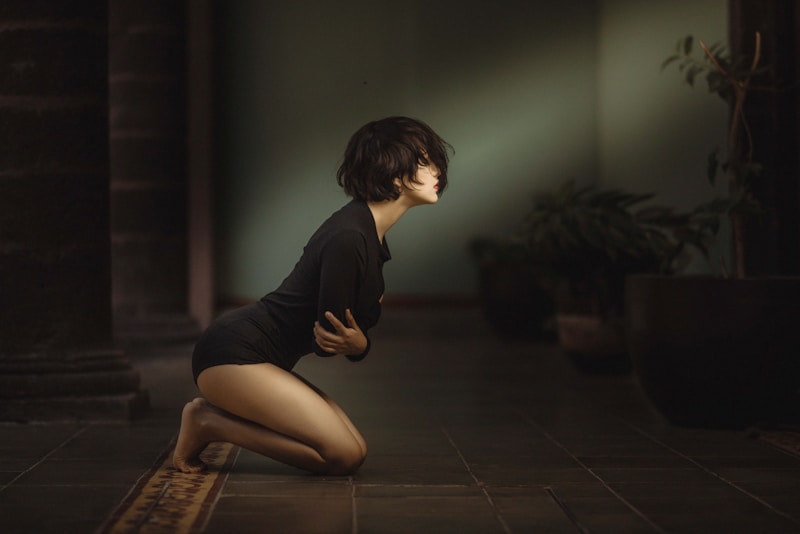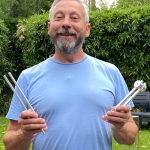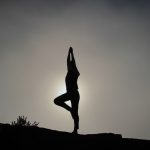This year the summer solstice falls on Saturday the 20th of June, making it an exciting weekend as it precedes the International Day of Yoga on Sunday the 21st of June.
The summer solstice is when the sun reaches the greatest height in the sky for the Northern hemisphere. Traditionally, it also marks the mid-point in the year, as well as marking the longest hours of daylight.
The etymology of solstice is from the Latin, sol, meaning sun and sistere, to stand still. This is because the sun’s position in the sky at noon doesn’t appear to change around this time. At other times of the year, the sun seems to rise and falls in the sky due to the axis of the earth.
What’s important about it
It’s the longest day of the year, with the earliest sunrise and the latest sunset, so there are more daylight hours in which to have fun! In the ancient Egyptian times, the summer solstice was celebrated as the New year, and there is a sense of a new start about it, as we enter into the second half of the year.
With this year being so heavily impacted by the spread of the Coronavirus and the subsequent lockdown, it is a chance to review our feelings about 2020 and turn our negative feelings into positive ways to move forward.
Ayurveda and the Solstice
The traditional way to greet the summer solstice is to wake at dawn and complete 108 sun salutations, facing East. Considering the dawn is at 03:55 am on the 20th, I’m guessing it will just be the die-hard sun worshippers that go for this option.
In fact, according to the Ayurvedic tradition, the summer solstice is a time when the element of pitta, or fire, is at its height. To counteract this, Ayurvedic medicine would suggest practising cooling, calming poses, such as supported forward bends, and all the variations of shoulder stand and its sister pose, Setu bandha.
Solstice in the Chinese Tradition
Coinciding with the Ayurvedic tradition, in ancient China, the summer solstice marked the switch to the ‘yin’ half of the year, from the yang. The summer is when the yang is at its height, but the solstice is the switchover.
Yin yoga is a slower form of yoga that targets your deep connective tissues, like your fascia, as well as the tendons, ligaments, and joints. Poses tend to be held for longer periods of time, which gives the mind time to tune into the body, as well as become more introspective.
Quiet Yoga on the Solstice
With these thoughts in mind, why not set the alarm clock a bit earlier, so that you can practice in a quiet house. To help with this, you could set up your yoga mat and any props you might need the night before, encouraging you to see your solstice practice through. Here’s an idea for a calming, quietening sequence to mark this turning point in the year:
- Adho Mukha Virasana – Downward-facing Hero pose, or child pose
- Adho Mukha Svanasana – Downward facing dog – take support for your head to keep the brain quiet
- Uttanasana – Standing forward fold – again you can use head support to keep the face quiet, have feet hip-width
- Prasarita Padottanasana – Legs wide apart forward fold
- Pasvottanasana – Intense side stretch forward – head down
- Uttanasana – Standing forward fold – head down, take feet together if you can
- Sirsasana – Headstand
- Supta Virasana – Supine Hero pose – to rest the legs
- Paschimottanasana – Seated forward fold – feet hip-width, head down if possible
- Janu Sirsasana – Head to knee forward bend
- Trianga Mukhaikapada Paschimottanasana – Three-limbed forward fold
- Paschimottasana – Seated forward fold – feet together, head down if possible
- Salamba Sarvangasana – Supported Shoulderstand – holding for longer than your headstand
- Savasana – Corpse pose
Energising Yoga on the Solstice
If, on the other hand, you’re starting to feel flat (not a typo, but you might be feeling bloated too), and lethargic after weeks of not moving as much as you used to, you might want to celebrate the summer solstice this year with an invigorating practice. Here’re some ideas to get you started:
- Surya Namaskarasana – Sun salutations – do as many as you can, but they tend to go up in groups of three as it’s an auspicious number
- Jumping poses – Jumping in and out of the standing poses, or into downward dog energises the body and soul
- Adho Mukha Vrksasana – Handstand
- Pincha Mayurasana – Forearm balance
- Arm balances – Start with Tolasana, Eka Hasta Bhujasana and work up to more advanced poses such as Titthibasana
- Sirsasana and variations – headstand and variations – the twisting variations are especially energising
- Deep backbends – poses such as dropping back into Urdhva Dhanurasana help you to face your fears
- Resting poses – make sure you end with shoulderstand and some quiet poses to allow the body to recover
Meditating on the Solstice
If you’ve thought about taking up meditation for a while, but find it hard to fit it in as well as keep up your yoga practice, this could be a perfect opportunity. Choosing a time when you won’t be disturbed, perhaps around sunset (21:21 on the 2oth) sit, or lie in a comfortable position and choose an intention (Sankalpa) for the meditation. It might be that you want to focus on gratitude for your health and the health of your family, or the recovery of a loved one. It might be that you want to make a change in your life prompted by a review of your values in this difficult time.
Or if you’re exhausted or recovering, and meditation feels like too much of a challenge, then try a yoga nidra session to bring peace to body and mind.













